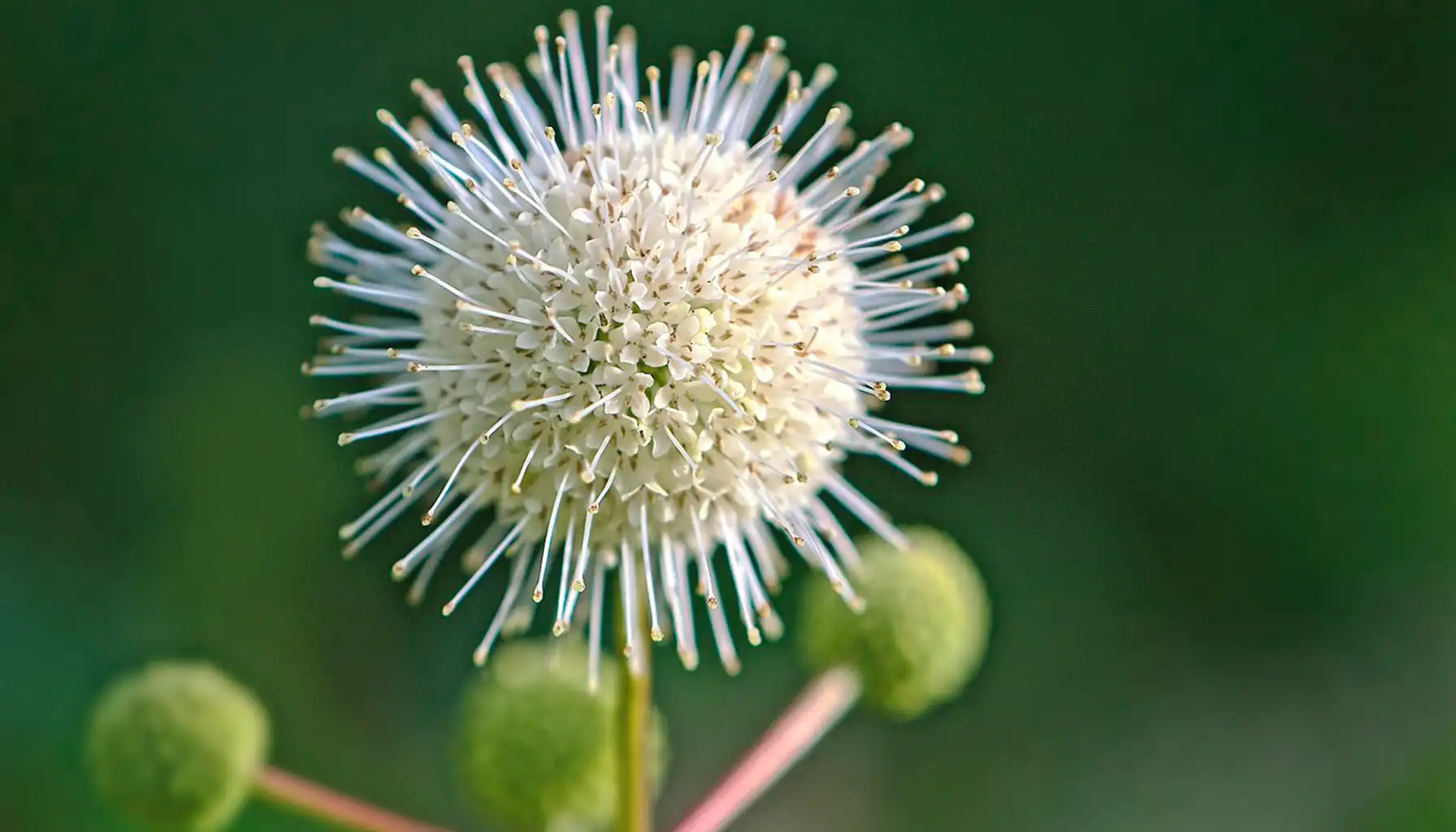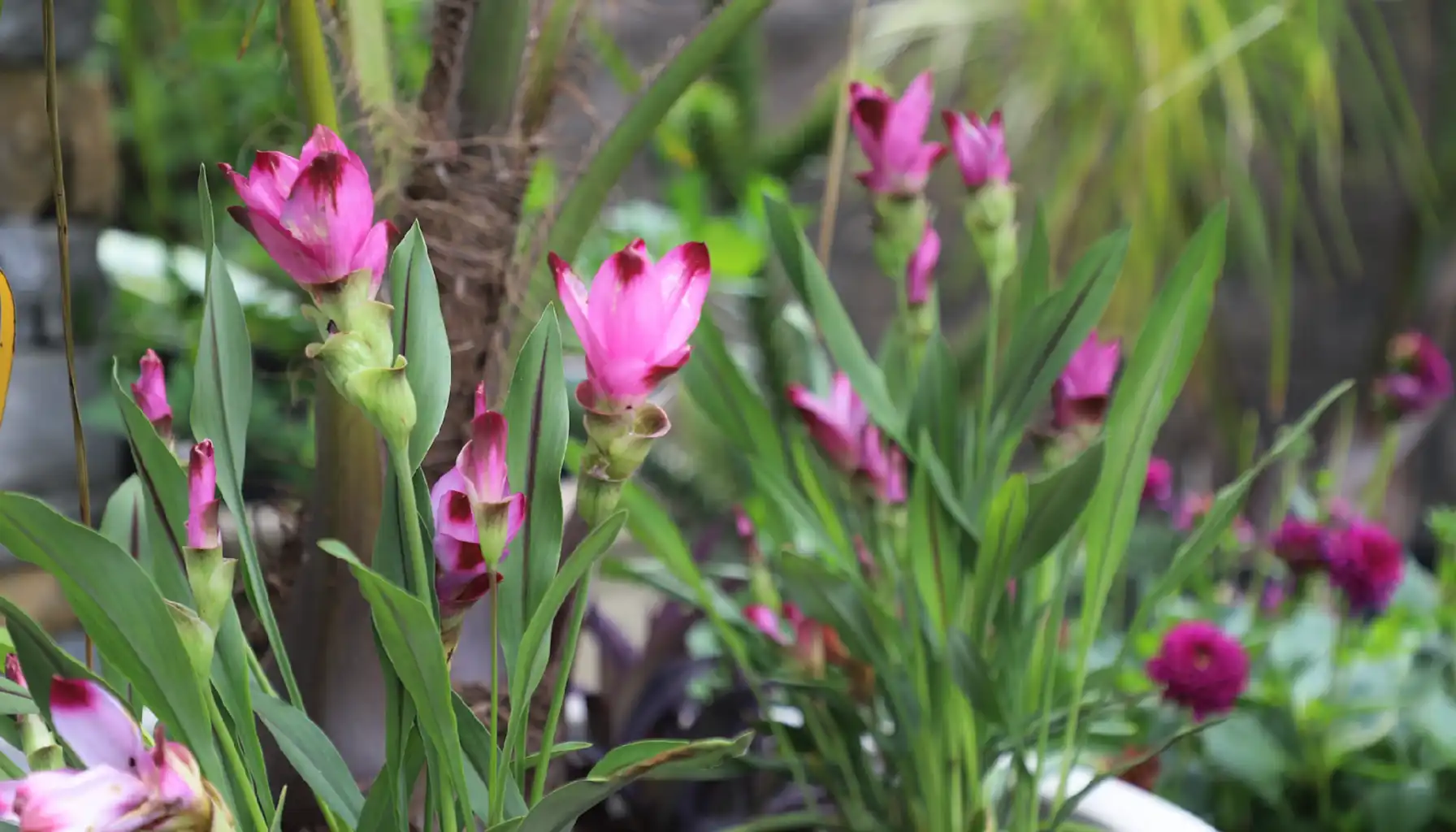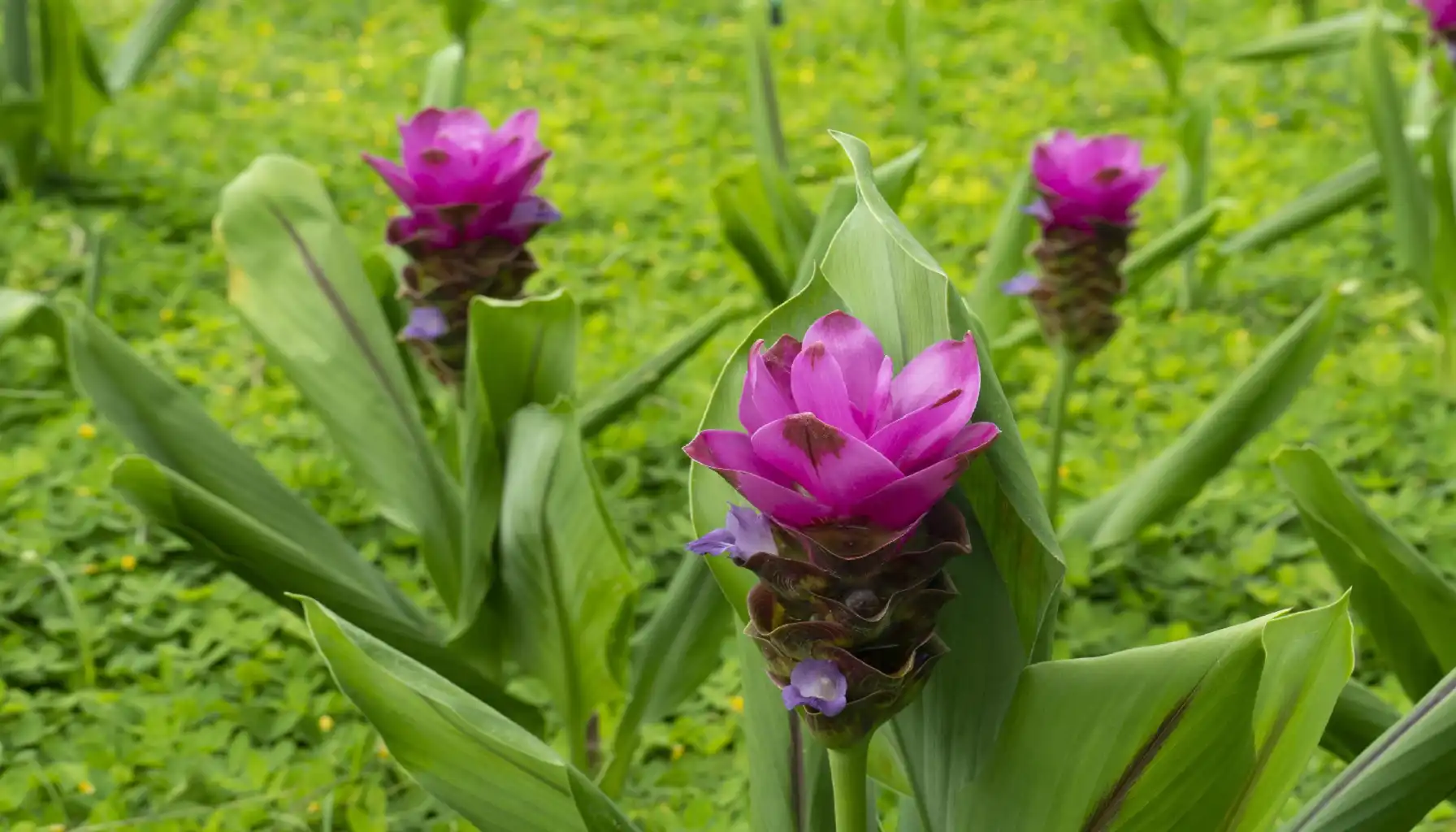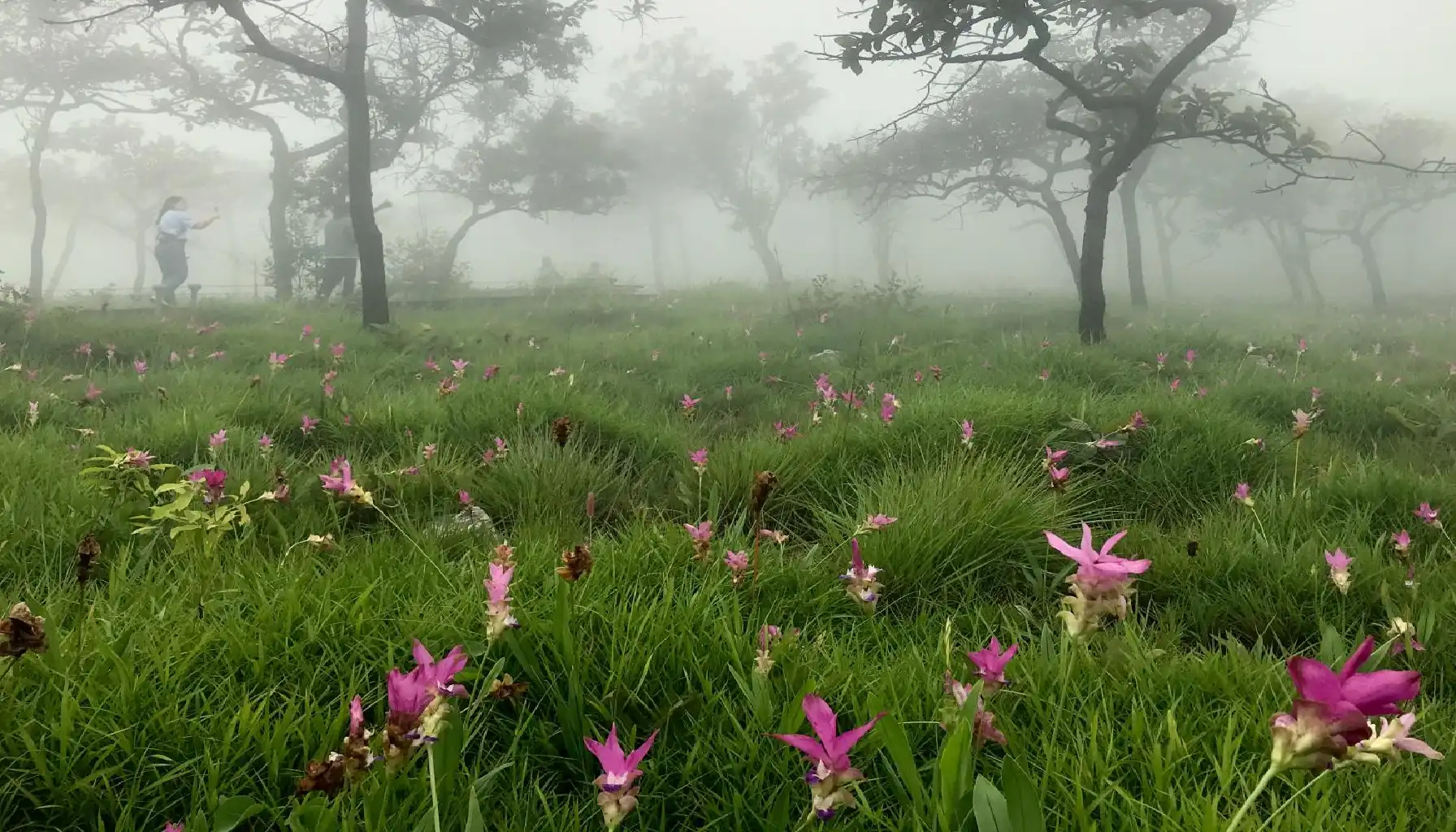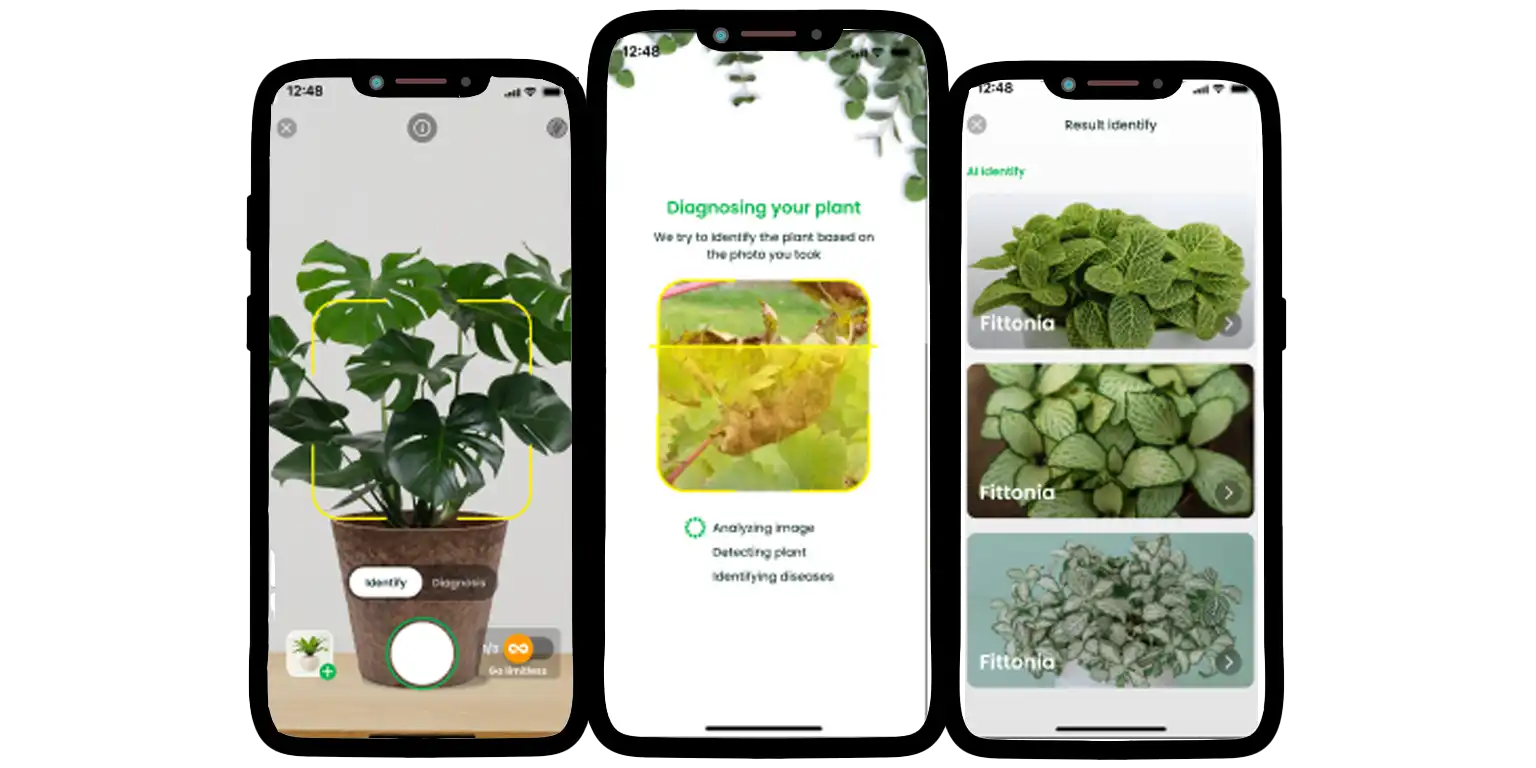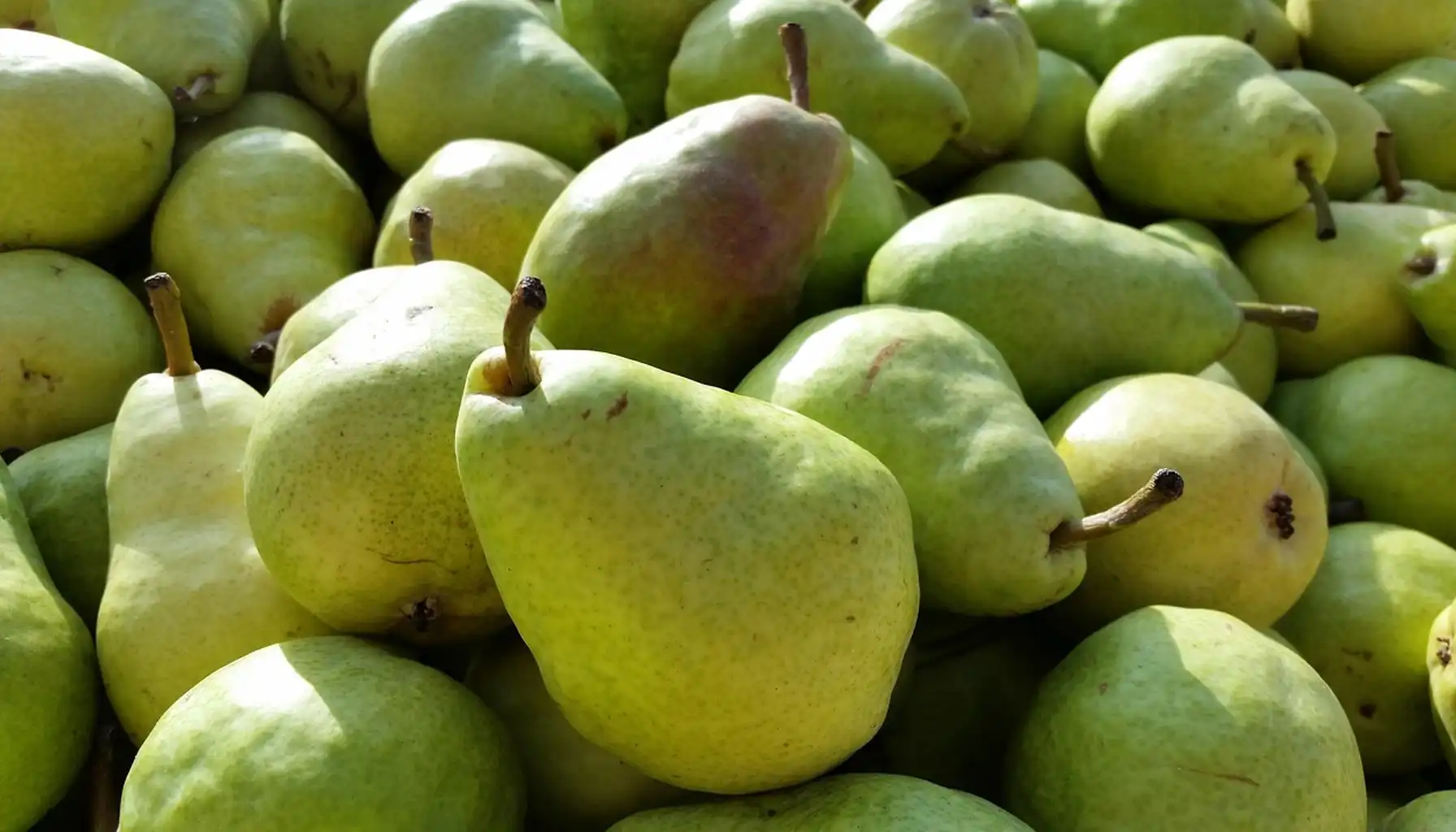The world of flora is full of peculiar creations that do seem almost extraterrestrial, yet their origins are much closer to home than one could imagine. There is one heat-loving creature that fits this description perfectly: the Siam tulip (Curcuma alismatifolia). For most people, it is just a tropical garden inhabitant with vibrant bracts and rich-green foliage, all of which contribute to an exotic flair surrounding this plant type.
Some natural creations do not quite live up to the expectations set by their names, and the same goes for the summer tulip, i.e., the hero of this article. But is it a genuine tulip? What does this tropical beauty need to thrive? Where does it come from, and what kind of flower is this in the end? Let us see.
What Is a Siam Tulip?
However promising the name can be, it is not always the best reflection of the concept it denotes. As such, the tulip we are discussing today is not a tulip at all. Instead, it is a tropical perennial herb that belongs to the ginger family (Zingiberaceae), native to Thailand, where it grows in the rainy season and is often found blooming across meadows and hillsides. As for its term, "Siam" refers to the former name of Thailand, which remained the country’s official title until 1939.
Let us turn to its magnificent appearance. No wonder these are mainly used as ornamental plants, either in outdoor gardens (in warm climates) or as potted houseplants. What is the most distinctive feature of this plant? It is the cone-shaped inflorescence that consists of bright pink or purple bracts with leaf-like structures that resemble petals, stacked in a spiral. The true flowers, though, are hidden from the eye, as they briefly appear from between these bracts.
The Main Characteristics |
Common Name | Siam Tulip, Summer Tulip |
Botanical Name | Curcuma alismatifolia |
Plant Family | Zingiberaceae (Ginger family) |
Origin | Thailand |
Type | Tropical perennial (grown as annual in cooler climates) |
Height | 12 to 24 inches (30 to 60 cm) |
Bloom Time | Late spring to early fall (typically summer) |
Flower Color | Pink, purple, sometimes white |
True Flower | Small, tubular, hidden between colorful bracts |
Siam Tulip Propagation | Rhizome division (most common) Seeds (less common) |
USDA Hardiness Zones | 8–11 (when grown outdoors); treat as annual or overwinter indoors in colder zones |
Toxicity | Generally considered non-toxic for humans. Toxic to pets! Can be lethal. |
Dormancy Period | Winter (leaves die back; rhizome rests) |
Growing Conditions
To grow big and turn into a mature, beautiful floral creation, Curcuma alismatifolia Siam Tulip needs a warm, humid environment that mimics their native tropical habitat almost precisely. Luckily, it is not that complicated to set up the appropriate conditions both in a raised bed and in a pot.
Light
Prefers bright, indirect light (3 to 6 hours a day).
Can tolerate partial sun, especially in the morning.
Avoid harsh afternoon sunlight, which can scorch the leaves.
Indoors, place near an east- or north-facing window.
Soil
Requires well-draining garden soil to prevent root rot.
A mix of potting soil, perlite, and peat or compost is enough.
Slightly acidic to neutral pH (around 6.0–7.0) is ideal.
Related article: Regulations of Soil: How Does pH Level Affect Plant Growth
Watering
Water regularly during the growing season (spring to fall) to keep soil consistently moist.
Reduce watering once the plant enters dormancy in winter.
Avoid letting water sit in saucers or at the base, for it can lead to root rot.
Temperature
Thrives in warm conditions: 68 to 100°F (20 to 38°C).
Frost-sensitive: Temperatures below 50°F (10°C) may be damaging.
In colder zones, grow in pots and bring indoors before temperatures drop.
Humidity
Prefers high humidity levels, i.e., above 50%.
If indoors in a dry climate, use a humidifier, pebble tray, or mist regularly.
How to Plant Siam Tulip Bulbs
Planting curcuma Siam Tulip bulbs (technically rhizomes) can be a rewarding experience, but it may turn into something pleasant only when approached with caution and patience, too. These tropical plants are sensitive, so stay prepared and explore their growing requirements in advance.
Decide When to Plant Rhizomes should be planted in spring, once the danger of frost has passed and the soil has warmed up. Spring is the best start, and this is also true when it comes to turmeric siam tulips. |
Choose the Right Spot or Container Outdoors: Select a location with rich, well-draining soil, amended with compost or organic matter. Indoors: Use a pot with drainage holes to prevent soggy roots. One is also encouraged to add a layer of pebbles or coarse gravel at the bottom to improve drainage and prevent water buildup. |
Plant the Rhizomes Plant the rhizomes horizontally, about 1 to 2 inches deep, with the buds facing upward. Space them at least 6–8 inches apart. Lightly water after planting to help settle the soil.
|
Flowering & Seasonal Cycle
The natural cycle is one of the foundational aspects to be aware of, should you be striving to grow these plants in your garden all by yourself. Let us break down the seasonal rhythm and understand how the pink Siam tulip grows, blooms, and rests.
Active Growth Phase
As soon as the weather warms in spring, the rhizomes send up new shoots and foliage. This is the active growing season, when it requires especially meticulous Siam tulip care, i.e., consistent moisture, bright, indirect light, and regular feeding.
Blooming Season
The most fruitful period is in summer, when the plant produces colorful bracts, i.e., leaf-like structures that store small, tubular true flowers inside. The color palette may fascinate, for it ranges from soft pink to vivid purple – an attractive choice for every garden.
Dormancy Period
Once temperatures begin to drop in late fall, the tulip naturally enters dormancy, which means that:
The leaves turn yellow and die back.
Watering should be reduced or even stopped once the foliage is gone.
The rhizome rests during winter to store energy for the next season.
Related article: Why Are My Plants Turning Brown? Reasons & Solutions
This Is Vital! Toxicity Information
Even the most beautiful, visually stunning plants can be dangerous to other living beings. Hence, before incorporating any floral creation into the garden, it is vital to explore its toxicity potential and consequences, if ingested.
Remember that Siam tulips are toxic to pets, for these flowering plants contain compounds that can be harmful when ingested. Common symptoms of poisoning may include:
Vomiting
Diarrhea
Excessive drooling
Loss of appetite
Lethargy
Oral irritation
If you suspect your pet has chewed on or ingested any part of the toxic plant, contact your veterinarian or an emergency animal poison control center immediately.
Your Guide to the World of Flora
Exploring the plant world can be quite overwhelming, but the right assistant may ease your pain and make this experience as pleasant as possible. As gardeners with extensive experience, we recommend that you use AI Plant Finder, an innovative yet reliable application for quick identification, disease detection, and garden management.
What Can AI Plant Finder Do?
Plant Identification: Take a photo for the app to instantly recognize the plant using AI-powered identification.
Photo-Based Plant Diagnosis: Snap a sick or struggling plant to analyze visible symptoms and review likely causes, treatment steps, and preventive care.
Massive Plant Library: Manually search or use the plant ID tool to learn about any plant you encounter with a database of over 300,000 species.
AI Botanist Assistance: Get smart answers and care suggestions through conversational AI trained in horticulture and plant science.
My Garden Tool: Keep track of your collection by logging your plants in a personal dashboard. Set up reminders for tasks like watering, pruning, fertilizing, or rotating when needed.
Water Needs Calculator: Enter info about the plant type, pot size and material, temperature, and humidity, and get watering recommendations in an instant.
Light Meter: Use your phone’s camera to scan a location and measure real-time light levels in lux to find the best spot for light-sensitive creations in your setting.
Turn your garden into a flourishing space. Tropical wonders are waiting for you!
AI Plant Finder Related Posts
